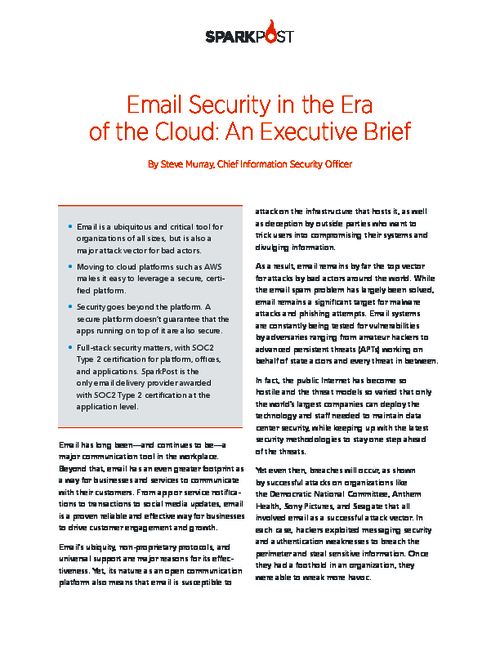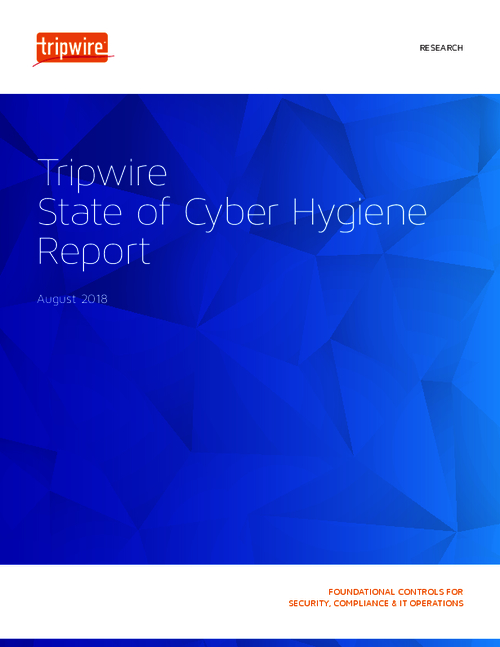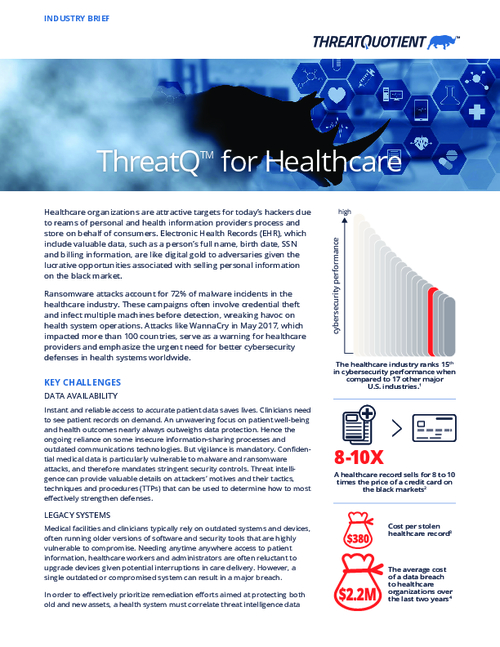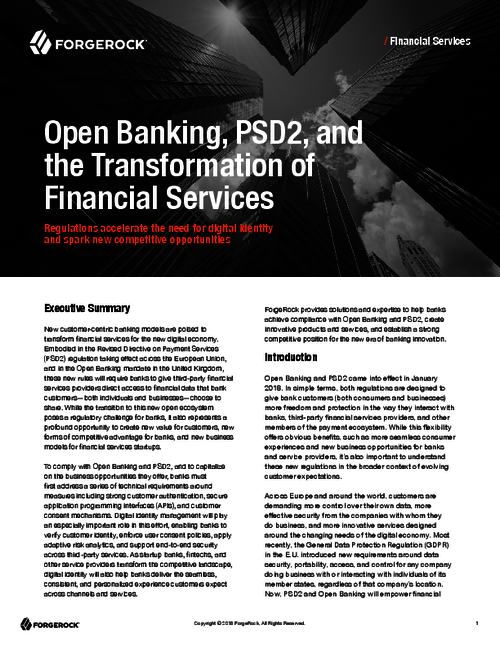Advisers Tackle Health IT Safety Issues
Mostashari: Privacy, Security Key Considerations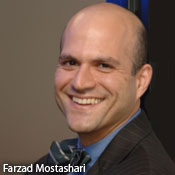
A new advisory panel has begun work to support the development of a regulatory framework to help ensure patient safety is maintained as the use of electronic health records, wireless medical devices and other health IT continues to expand.
See Also: Cybersecurity for the SMB
The new Food and Drug Administration Safety Innovation Act Workgroup will advise the HIT Policy Committee of the Office of the National Coordinator for Health IT. ONC is working with the Food and Drug Administration and Federal Communications Commission to develop recommendations for a "risk-based regulatory framework" for health IT. The goal of the framework is to balance innovation with patient safety and avoid regulatory duplication.
"We believe technology is a critical tool to transforming healthcare," ONC leader Farzad Mostashari, M.D. told workgroup members at the group's inaugural meeting April 29. But the overall benefits of health IT also must be weighed against "concerns for privacy and security, as well as safety," he says.
The ONC, FDA, and FCC will consider the workgroup's recommendations as they collaborate on a report due to Congress by January 2014 on a risk-based regulatory framework that promotes innovation "while protecting patient safety," he adds. The Food and Drug Administration Safety Innovation Act mandated the report.
The three agencies are seeking recommendations in several key areas, including:
- Types of risk that may be posed by health IT, the likelihood that these risks will be realized and the impact of these considerations on a risk-based approach;
- Factors or approaches that could be included in a risk-based regulatory framework;
- Approaches to avoid duplicative or overlapping regulatory requirements.
Studying Risks
In the coming weeks, the workgroup will work toward defining the kinds of risks to be addressed by the regulatory framework as well as the types of health IT involved with those risks.
"There needs to be a thoughtful discussion about what is risk ... and does it influence how we create a framework," says Jodi Daniel, ONC's director of policy and planning.
The risks that could be considered by the workgroup might range from safety issues potentially caused by communication interference affecting wireless medical devices to the risks involved "when data is transferred from one point to another," says Bakul Patel, senior policy adviser at the Center for Devices and Radiological Health at the FDA.
Diverse Team
The 29 members of the workgroup include representatives from the FDA, ONC and FCC as well as from healthcare organizations, medical device manufacturers, medical technology consortiums, insurers and investors. Chair is David Bates, senior vice president for quality and safety and chief quality officer of Brigham and Women's Hospital in Boston.
The workgroup could also divide into smaller teams to study specific topics, such as clinical system taxonomy, health IT safety risk assessment, and mobile issues, Bates says.
The advisory panel plans to present draft recommendations to the HIT Policy Committee on Aug. 7 and present final recommendations on Sept. 4. Then the three agencies will propose its strategies, seek public comment, and produce their final report.
The next meeting of the workgroup is May 6.






